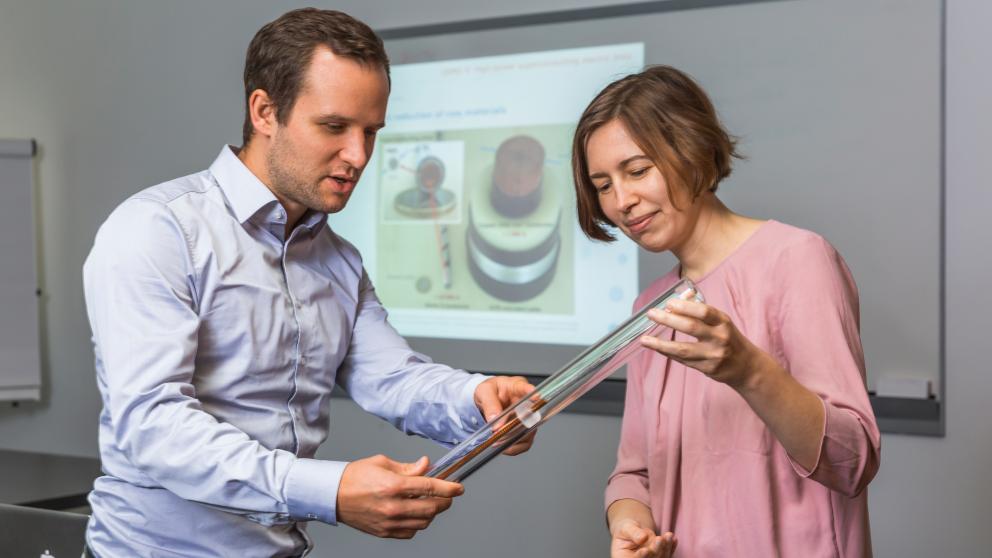BEyond State-of-the-art Technologies for rePowering Ac corridors and multi-Terminal HVDC Systems (BEST PATHS)
Duration

Wind, solar and hydropower will be the most important energy sources of tomorrow. By 2050 the majority of Europe's electricity will come from renewables. But a strongly fluctuating electricity supply, for example from offshore wind farms, poses a challenge to transmission grids. This is because the existing infrastructure is not yet geared to transporting large amounts of renewable energies. The large-scale redevelopment of grid infrastructure - including optimisation, expansion, and strengthening - is therefore critical to achieving Europe's long-term energy and sustainability goals.
'BEST PATHS' to secure and affordable energy
The BEST PATHS (BEyond State-of-the-art Technologies for rePowering Ac corridors and multi-Terminal HVDC Systems) project is part of a Europe-wide research initiative on energy transmission involving 40 European organisations from science and industry as well as grid operators and utility companies. The BEST PATHS initiative investigates new ways of providing Europe with a secure supply of affordable energy. It focuses in particular on removing the barriers to the expansion of renewable electricity generation.
Better performance in high-voltage direct current transmission
In five demonstration areas, new grid technologies are being tested to assess their feasibility, costs, effects and benefits. The IASS is involved in the DEMO 5 demonstration area, where investigations are ongoing to determine whether special superconductors, i.e. particularly conductive materials, could be used in high-voltage direct current (HVDC) transmission to increase grid capacity and ensure a stable electricity supply. A cable with a capacity of up to three gigawatts - equivalent to the total power of three nuclear power stations - is currently being constructed and tested.
The results will feed into a European impact assessment study, which will be presented to the European Commission in 2018. In addition to scientific contributions and conference presentations, media reports and information events are planned. Work on this project is closely linked to the IASS project Pathways to Sustainable Energy and the Kopernikus Project Energy Transition Navigation System (ENavi).
Read more about this research project
- White paper: Advancing superconducting links for very high power transmission
- Short video on DEMO 5
- Superconducting Cables: Recommendations for Deployment of New Technology
- Superconducting Cable Sets New Records for Power Transmission
- Novel Insulation for Superconducting Power Cable Withstands Low Temperatures and High Operating Voltage
- The Grid of the Future: Tests on New Superconducting Material Deliver Promising Results